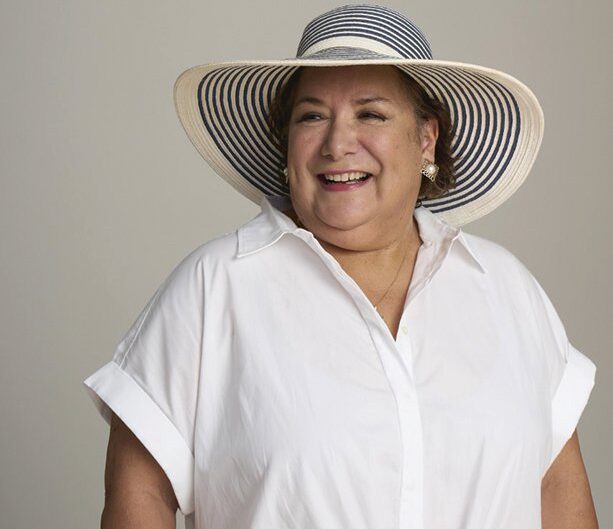As Alice Drennon entered her 50s, she started experiencing severe infections, missing 122 days of work in one year due to numerous medical visits and blood tests. At age 54 she learned that she had a rare genetic disease called common variable immune deficiency (CVID). “My antibodies had oddly disappeared,” says Drennon. Now, she gets IVIG plasma infusions every 28 days for 4 to 5 hours, made from antibodies called immunoglobulins that help her body fight off infections. Drennon will require infusions for the rest of her life.
People give plasma for different reasons.
One reason is that it helps save lives of people such as Drennon. For many with rare diseases and chronic conditions, plasma-based therapies are the only way to treat their condition or disease.
Here’s how it works.
The process of donating plasma can take up to 2 hours the first time. After that, it takes anywhere from 1 to 1½ hours. Every time you donate, you will receive a health screening to ensure that you are in good health. You will give a blood sample and get your vital signs checked, including your blood pressure, pulse, and temperature. After approval, plasma center staff will set you up at a plasmapheresis machine, a specialized medical device that collects whole blood from a vein in your arm, separates the plasma, and returns the remaining blood components to your body. Your red and white blood cells and platelets are returned to your body via the machine. The entire process takes about an hour. Plasma center staff will monitor the process to be sure you are safe and comfortable. You will remain at the plasma center for 10 to 15 minutes after you have given plasma to ensure that you are rehydrated and feeling well enough to travel home. You will also be shown how to care for your bandage, given a few other at-home instructions, and be given something to eat and drink.
How often can I donate?
Plasma regenerates quickly. With proper hydration, your blood volume returns to normal within 48 hours. You can give plasma twice in any 7-day period, but no more than once in a 48-hour period. Your plasma can be used only after you give two times. Plasma collection in the United States is regulated by the U.S. Food and Drug Administration (FDA), which requires two separate tests on a person’s plasma to make sure it is safe to share with others.
Here in Western New York, KEDPLASMA Somerset Labs is located at 15 Limestone Drive in Williamsville, and specializes in collecting high-quality plasma for plasma-based therapies to treat severe diseases, disorders, and conditions such as hemophilia and immune system deficiencies. If you meet the minimum requirements for donating, call 716-631-1281, or email somerset@kedplasmausa.com for a telephone interview to help determine if you qualify for an in-person interview. Learn more at www.kedplasma.us/somerset-laboratories.












